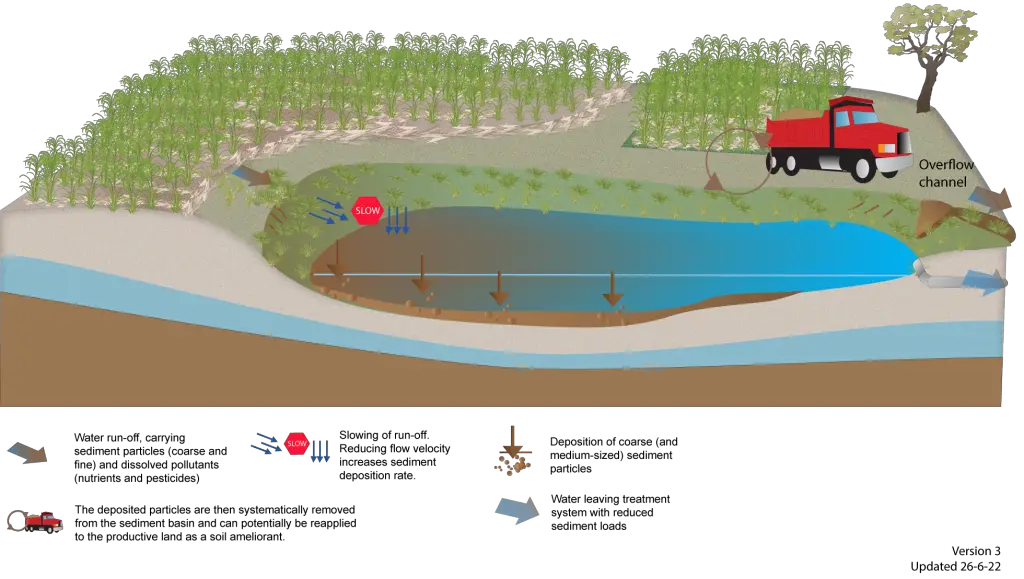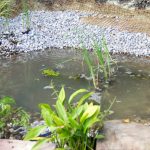Welcome to our comprehensive guide on how to build a sediment pond. Sediment ponds are essential for managing runoff and preventing soil erosion on construction sites, farms, and other areas where soil disturbance occurs. In this article, we will walk you through the steps involved in constructing a sediment pond effectively and efficiently.
What is a Sediment Pond?
A sediment pond, also known as a sediment basin, is a structure designed to capture and settle out sediment-laden water. It helps to reduce the amount of sediment that enters water bodies, thereby protecting water quality and aquatic habitats. Sediment ponds are commonly used in construction projects, mining operations, and agricultural activities to control erosion and prevent sediment pollution.
Steps to Build a Sediment Pond
Building a sediment pond involves several key steps to ensure its functionality and effectiveness in controlling sediment runoff. Here is a step-by-step guide on how to build a sediment pond:
1. Site Selection
Choose a suitable location for the sediment pond that is downhill from the disturbed area to capture runoff. Ensure the site has proper soil conditions and adequate space for the pond construction.
2. Design And Planning
Develop a detailed plan for the sediment pond, including dimensions, depth, inlet and outlet structures, and spillway design. Consider factors such as slope, soil type, and drainage area when designing the pond.
3. Excavation
Excavate the pond area to the required dimensions and depth as per the design plan. Remove any vegetation, rocks, and debris from the excavation site to create a clean base for the sediment pond.
4. Installation Of Inlet Structures
Install inlet structures such as sediment traps or silt fences to direct runoff into the sediment pond. These structures help to capture sediment and prevent it from entering the pond, improving its efficiency.
5. Construction Of Outlet Structures
Construct outlet structures like pipes or spillways to control the flow of water from the sediment pond. Ensure that the outlet is designed to release water at a controlled rate to prevent erosion downstream.
6. Lining The Pond (optional)
You may choose to line the sediment pond with impermeable materials such as clay or synthetic liners to prevent seepage and improve sediment retention. Lining the pond can enhance its longevity and effectiveness.
7. Vegetation And Landscaping
Plant native vegetation around the sediment pond to stabilize the soil, reduce erosion, and enhance the aesthetics of the area. Consider landscaping options to blend the pond into the surrounding environment.
8. Monitoring And Maintenance
Regularly inspect the sediment pond for sediment accumulation, structural integrity, and vegetation growth. Implement maintenance practices such as sediment removal, erosion control, and vegetation management to ensure the pond’s continued effectiveness.
Benefits of Building a Sediment Pond
Constructing a sediment pond offers various benefits for controlling sediment runoff and protecting water quality. Some of the key benefits include:
- Reduction of sediment pollution in water bodies
- Prevention of soil erosion and sedimentation
- Compliance with environmental regulations
- Protection of aquatic habitats and biodiversity
- Improvement of water quality and clarity

Credit: stormwater.pca.state.mn.us

Credit: www.reddit.com
Conclusion
Building a sediment pond is a critical step in managing sediment runoff and erosion in various land use activities. By following the steps outlined in this guide, you can construct a sediment pond that effectively captures sediment and protects water resources. Remember to plan carefully, monitor regularly, and maintain the sediment pond to ensure its long-term functionality and environmental benefits.
We hope this article has provided you with valuable insights into the process of building a sediment pond. If you have any questions or would like to share your experiences with sediment pond construction, feel free to leave a comment below. Thank you for reading!





